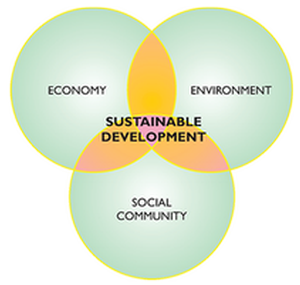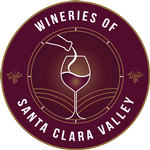Sustainable Vineyard
 Being a good steward of land and resources is a key practice in Clos LaChance’s wine making and wine growing philosophy. Owners Bill and Brenda Murphy are especially vested in the sustainability of the vineyard and winery—creating a legacy for their children, grandchildren and generations to come.
Being a good steward of land and resources is a key practice in Clos LaChance’s wine making and wine growing philosophy. Owners Bill and Brenda Murphy are especially vested in the sustainability of the vineyard and winery—creating a legacy for their children, grandchildren and generations to come.
Sustainability is an ever-evolving practice. A member of the Central Coast Vineyard Team, Clos LaChance has also actively participated in the Wine Institute Sustainability Self-Assessment Program, identifying strengths and opportunities for improvement. We are proud of current achievements to create an environmentally, economically and socially sound business, and will continue working towards more sustainable practices.
 In early 2009, Clos LaChance’s 150-acre Estate vineyard was one of seventeen California vineyards to be Sustainably Certified via the California Sustainable Winegrowing Alliance. The production facility was certified shortly thereafter.
In early 2009, Clos LaChance’s 150-acre Estate vineyard was one of seventeen California vineyards to be Sustainably Certified via the California Sustainable Winegrowing Alliance. The production facility was certified shortly thereafter.
Practices and Investments
 Natural Biological Control
Natural Biological Control
Clos LaChance encourages the control of ground squirrels and other rodents via natural predators. The grounds bordering the Estate Vineyard are home to a number of hawks, owls and even a pair of eagles. The winery has posted raptor roosts throughout the vineyard, encouraging the momentum of the natural food chain.
Building Healthy Soils
Clos LaChance uses a variety of cover crops, including legumes, barley and clover, protecting and enhancing the productivity of the soil. In addition, the vineyard is regularly fertilized with organic matter—increasing the soil stability, tilth and diversity of microbial life. Mushroom compost is utilized from a local farm, reducing their outbound waste. Grape skins, stems and seeds are also returned to the vineyard after fermentation.
Recycling Natural Resources
All water used to process wines at Clos LaChance’s 60,000 case production facility is recycled to a series of onsite reclamation ponds. The water is used as needed to irrigate the vineyard.
Enhancing Surrounding Wildlife Habitat
Despite precision irrigation, rain is a cause of natural run-off. In 2005, due to heavy rains, it became necessary for Clos LaChance to install drainage into several lower vineyard blocks. Across the road from these vineyard blocks is a protected Wetlands area. Working in tandem with environmental teams, the winery was able to direct the run-off to the natural wetlands with a pump and underground pipe. Water then percolates through the soil (acting as a natural filter) prior to being passed into theWetlands. The enhanced wetlands are now home to a number of birds and animals including ducks, snowy egrets, herons and endangered Tiger Salamanders.
Education and Community Outreach
In 2006, Clos LaChance planted a demonstration vineyard on the property, featuring various varietals and trellising systems that are located throughout the Estate Vineyard. The winery conducts regular vineyard management and training sessions from the demonstration vineyard, providing customers, neighbors and employees with a snapshot of the winery’s agricultural practices.
Building for the Future
Clos LaChance’s VP of Marketing, Cheryl Murphy Durzy, currently sits on the Sustainability Committee at the Wine Institute. She plans to take a leadership role in developing standards and approvals for US wineries in regards to sustainability. The winery has a long term goal of running entirely via solar power.
Our Ever-Changing Vineyard
Watch the remarkable transformation of the Clos LaChance vineyard over the course of 1 year.
